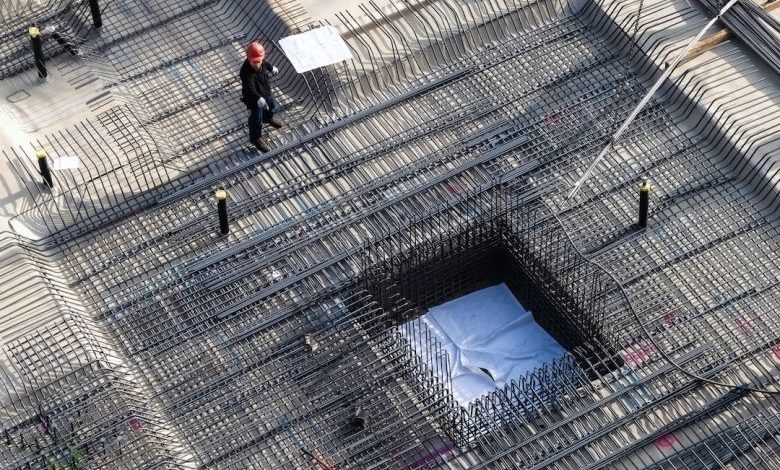How Can I Waterproof My Basement?

Basements are a valuable part of any home, providing additional living space and extra storage. However, they are also prone to water damage, which can lead to costly repairs and health hazards. If you want to protect your basement from water infiltration, it’s essential to waterproof it. In this article, we will explore different methods and techniques to help you keep your basement dry and safe.
Identify the Source of the Problem
Before you start waterproofing your basement, it’s crucial to identify the source of the water infiltration. Common sources include leaky foundation walls, cracks in the floor, inadequate drainage, or poor landscaping. By determining the root cause, you can address the issue more effectively and prevent future water damage.
Seal Cracks and Gaps
One of the most common ways water enters a basement is through cracks and gaps in the foundation walls or floor. To prevent this, it’s important to seal any visible cracks using epoxy or hydraulic cement. These materials are specifically designed to withstand hydrostatic pressure and are highly effective in preventing water leaks.
Improve Exterior Drainage
Proper exterior drainage is essential in keeping water away from your basement. Ensure that your gutters and downspouts are clean and functioning correctly, directing water at least six feet away from your foundation. Additionally, consider installing a French drain or a curtain drain around your home to divert excess water away from the basement.
Install a Sump Pump
A sump pump is a device that helps remove water from your basement. It is typically installed in a pit or sump basin and automatically activates when water begins to accumulate. A sump pump is an effective solution for preventing basement flooding, especially in areas prone to heavy rainfall or high water tables.
Apply Waterproofing Membrane
Applying a waterproofing membrane on the interior walls of your basement is an effective way to prevent water infiltration. This membrane acts as a barrier, preventing moisture from seeping into the basement. There are various types of waterproofing membranes available, including liquid-applied membranes, sheet membranes, and cementitious coatings. Consult with a professional to determine the best option for your basement.
Ensure Proper Drainage Inside
In addition to exterior drainage, it’s essential to have proper interior drainage as well. This can be achieved by installing a drain system along the perimeter of your basement. A drain system, such as a French drain or a channel drain, collects water and directs it to a sump pump or a floor drain. This prevents water from pooling on the basement floor and reduces the risk of water damage.
Consider Exterior Waterproofing
If your basement is prone to significant water infiltration or you live in an area with a high water table, you may need to consider exterior waterproofing. This involves excavating the soil around your foundation and applying a waterproofing material directly to the exterior walls. While this method is more invasive and costly, it provides an additional layer of protection against water intrusion.
Monitor and Maintain
Once you have waterproofed your basement, it’s important to regularly monitor and maintain the system. Check for any signs of water infiltration, such as dampness, mold growth, or musty odors. Ensure that your sump pump is functioning correctly by testing it periodically. Keep your gutters and downspouts clean and free from debris. By staying vigilant, you can catch any potential issues early and prevent extensive damage.
In Conclusion
Waterproofing your basement is a crucial step in protecting your home from water damage. By identifying the source of the problem, sealing cracks, improving exterior and interior drainage, installing a sump pump, applying a waterproofing membrane, and considering exterior waterproofing if necessary, you can ensure a dry and safe basement. Remember to monitor and maintain your waterproofing system regularly to prevent any issues from arising. With these measures in place, you can enjoy your basement without the worry of water infiltration.




